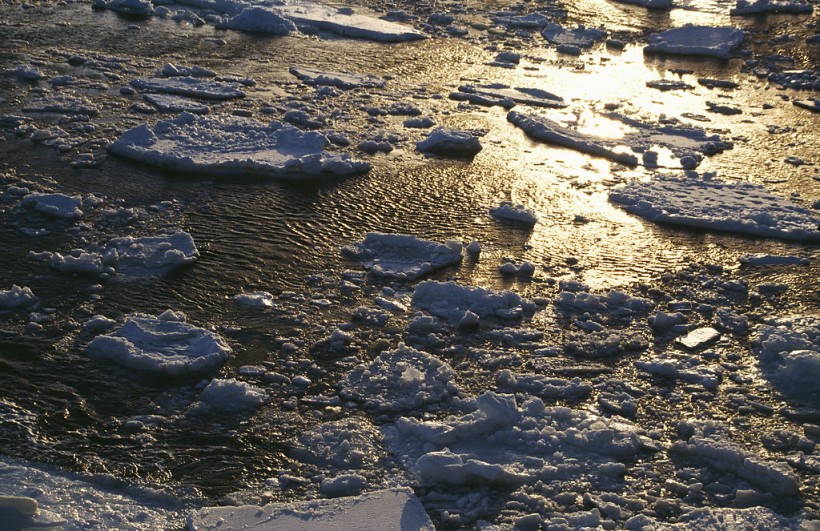
(Photo : Frances M. Ginter/Getty Images)
New research found evidence that Antarctic ice sheets are retreating at a much faster rate than previous studies have observed, threatening global sea levels.
- Antarctic ice sheets are melting at a much faster rate than previously thought
- Researchers observed that glaciers in the region are retreating by up to 30 meters a day
- The resulting water from melting glaciers could have severe implications on sea level rise around the world
Scientists have discovered evidence that suggests that Antarctic ice sheets are melting at a much faster rate than previously thought, threatening a significant rise in sea levels around the world.
The findings come from markings researchers found on the seafloor off Norway that record the pull-back of a melting European ice sheet several thousands of years ago. Now, the fastest-withdrawing glaciers in the region have been observed to retreat by up to 30 meters per day.
Rapidly Retreating Antarctic Ice Sheets
However, if the rate of retreat speeds up even more, the extra water caused by the melting of glaciers could have massive implications for sea-level rise worldwide. Since the 1990s, climate change has caused ice losses from Antarctica that pushed the sea level globally by nearly one centimeter, according to BBC.
Furthermore, the researchers found that the Norwegian sheet showed signs that its maximum retreat was more than 600 meters per day. In a statement, Dr. Christine Batchelot from Newcastle University, United Kingdom, said that the situation could continue with the upper estimates of rising global temperatures.
She added that the team conducted tests to see what would be needed to jumpstart such retreat levels in Antarctica. They found that there could be similar pulses of withdrawal even under basal melt rates that scientists currently know of are happening.
The team has been working on analyzing a significant swathe of the seafloor off the central Norwegian coast. Roughly 20,000 years ago, this area was home to a massive Northern European ice sheet that was in the process of withdrawal and break-up.
The past existence of the sheet was recorded in more than 7,600 parallel, ladder-like ridges that were sculpted in the muddy sediments of the seafloor. Scientists found that these corrugations were less than 2.5 meters high and were spaced out roughly 25 centimeters and 300 meters apart.
Read Also: Massive Asteroid Observed Heading Toward Earth
Threat of Rising Sea Levels
Researchers are warning that if air and ocean temperatures surrounding Antarctica continue to rise and meet the levels of those found at the end of the last ice age, melting ice could trigger a collapse of modern-day glaciers that comes much earlier than anticipated, according to the Washington Post.
Climate physicist Axel Timmermann from the Institute for Basic Science in Korea said that if the world misses its emission goal, the ice sheets in Antarctica will disintegrate and melt at an accelerated pace. The estimated rise in sea level could put one in 10 people worldwide at direct risk, said United Nations Secretary-General Antonio Guterres.
He noted that rising sea level is a threat for the hundreds of millions of people living in small island developing states and other low-lying coastal areas worldwide. Guterres argued that this would lead to a mass exodus of entire populations on a "biblical scale," said Science Alert.
Related Article: NASA's Ingenuity Breaks Two Records on Mars








